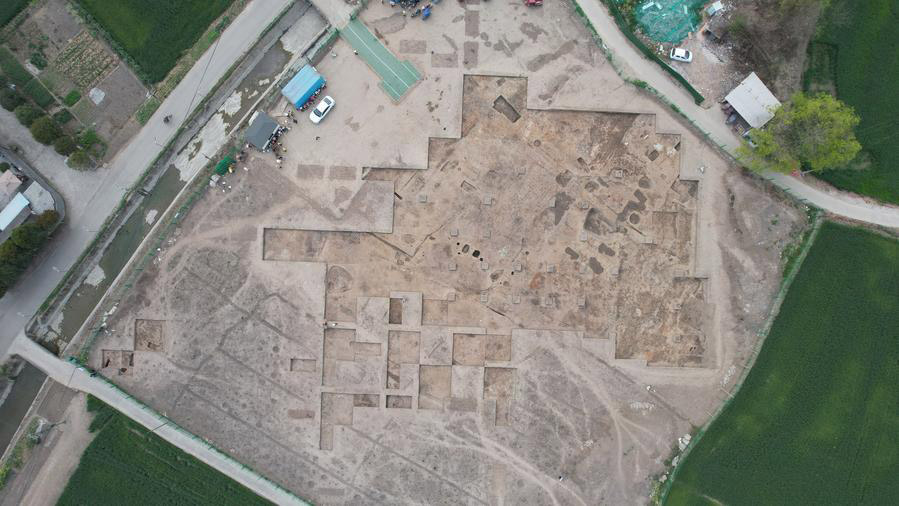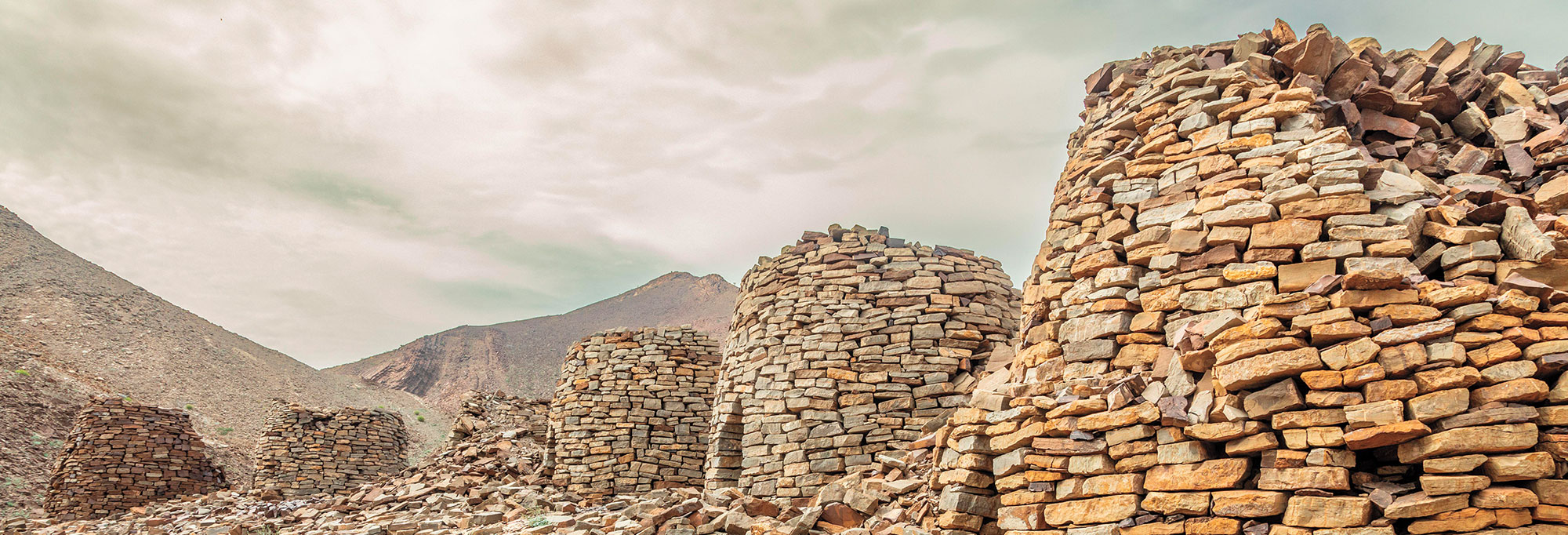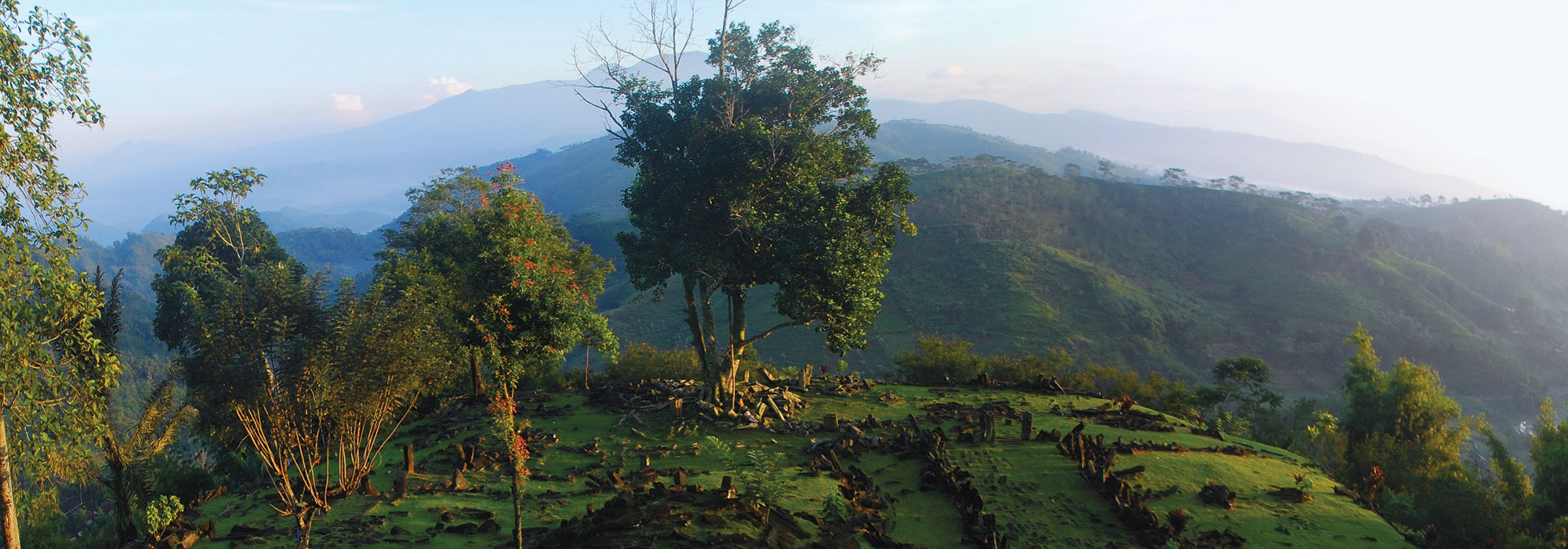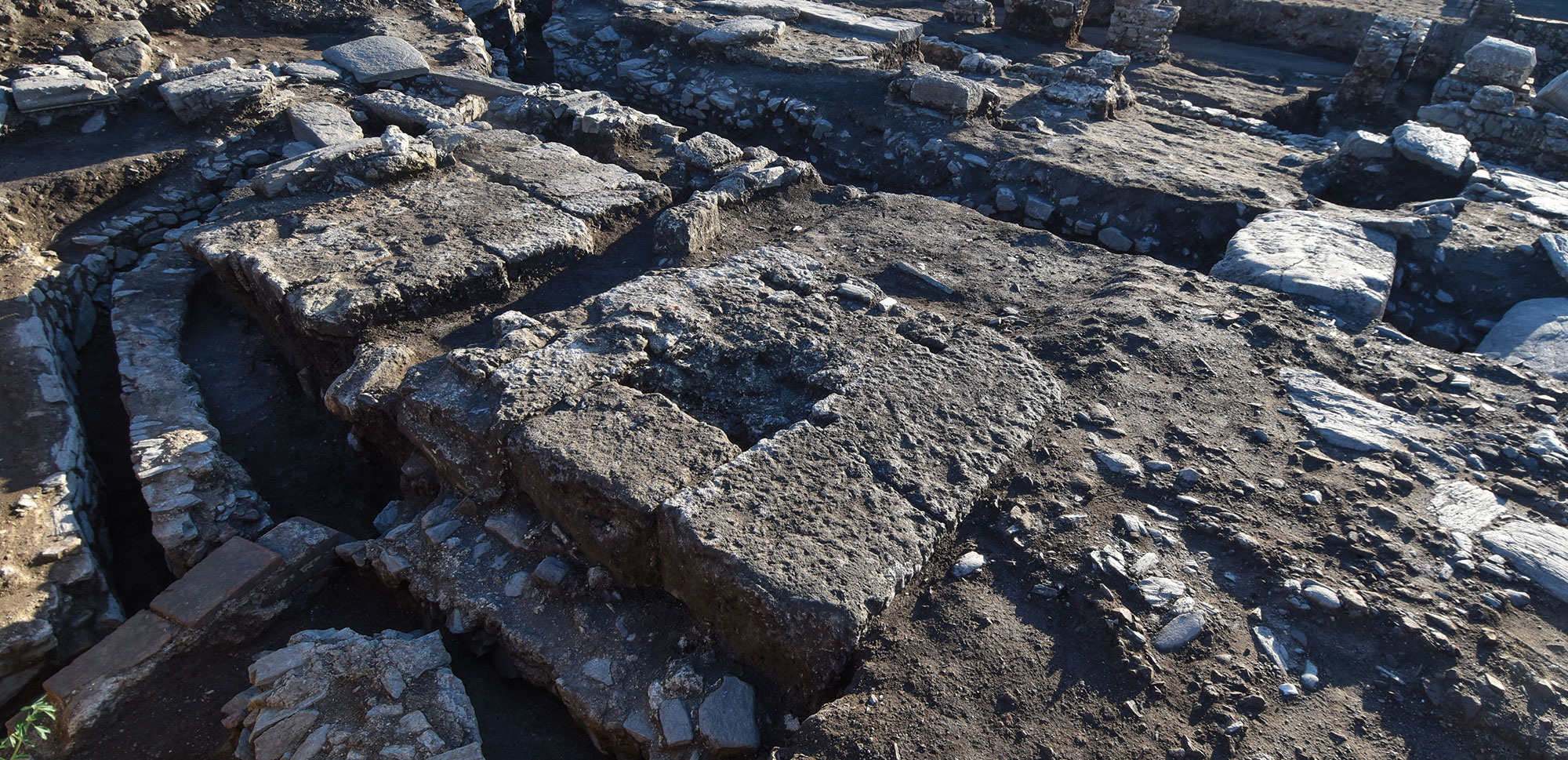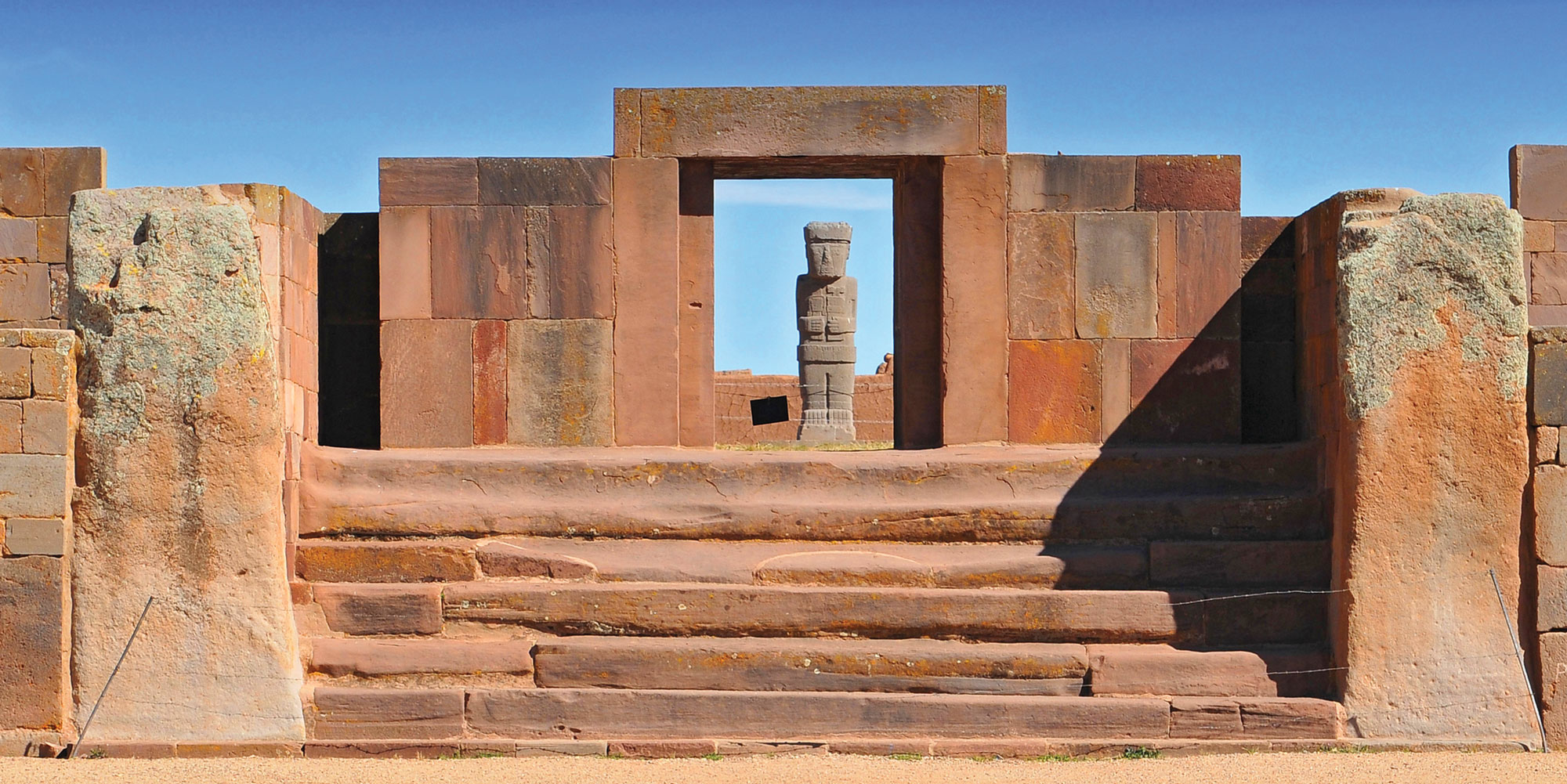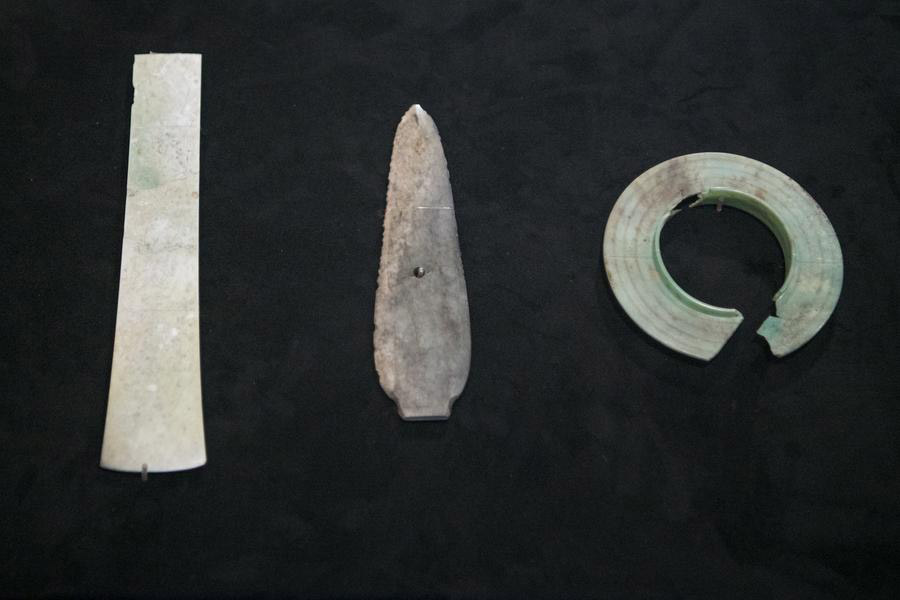
GUANGHAN CITY, CHINA—According to a Xinhua report, a workshop where stone and jade were processed has been uncovered in southwestern China, at the Sanxingdui Ruins. The site, thought to represent the planned, walled city of the Shu Kingdom, covers more than four square miles and dates back some 4,500 years. The 3,400-year-old workshop was found about one-half mile north of the site where Bronze Age sacrificial pits containing objects made of jade, bronze, and ivory were discovered in 1986. “The discovery of the workshop sheds light on several mysteries, such as the origins of the large quantities of jade and stone raw materials found at Sanxingdui, the techniques used in their crafting, the production processes, and the distribution methods involved,” said Ran Honglin of the Sichuan Provincial Cultural Relics and Archaeology Research Institute. Workshops for making objects out of bronze and gold may be nearby, added curator Lei Yu of the Sanxingdui Museum. The items recovered from the workshop include a piece of carved jade depicting a person in profile and a pit filled with layers of stone ax heads. To read more about the Sanxingdui pits, go to "Seismic Shift."


